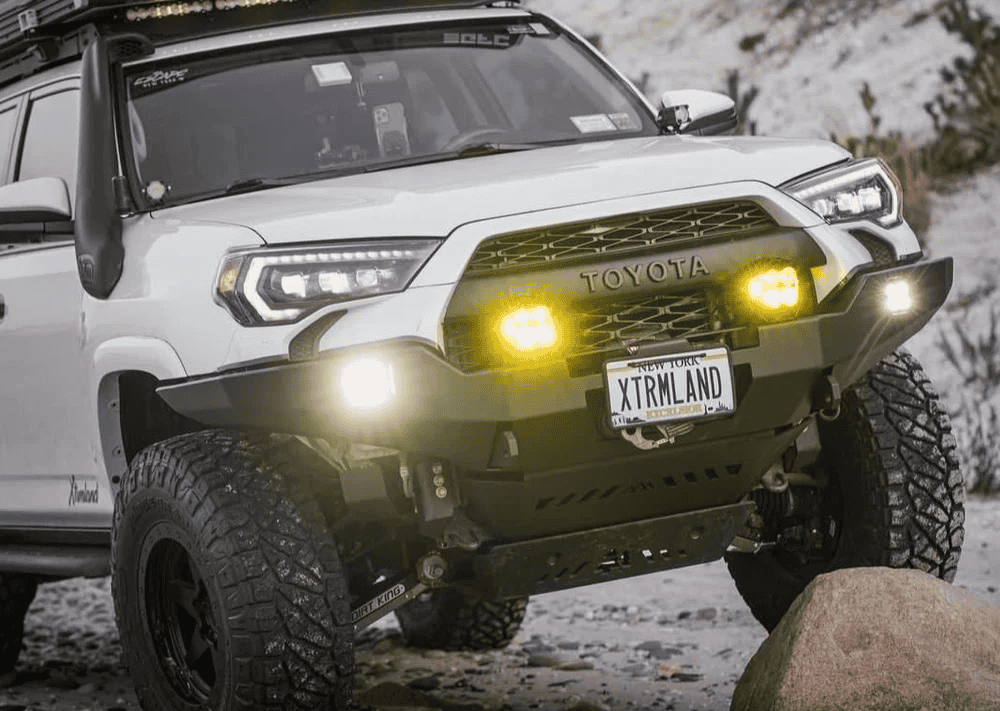Overland Vehicles

Expedition rvs and expedition vehicles are designed for long range travel in places where fuel, water, and services are scarce. They prioritize reliability, repairability, and redundant systems over flashy finishes. Ground clearance, approach and departure angles, and underbody protection matter as much as interior comfort. The cabin must be secure, insulated, and quiet enough for long days, yet simple to maintain after dust, rain, and washboard roads. Every decision balances payload, range, and durability.
Most builds start with a commercial grade chassis because parts availability and frame strength dictate what you can safely carry. Solid axles or heavy duty independent suspension paired with low range gearing are common. Tires are selected for load rating first and tread pattern second. Inside the living space, systems are compact and serviceable. Power, water, and storage are laid out with weight centered between the axles and as low as possible to control body roll and preserve stability when fully loaded.
A strong frame supports dynamic loads from corrugations and potholes that would rattle lighter platforms apart. Locking differentials or advanced traction control keep momentum on uneven surfaces. Proper gearing lets the vehicle crawl without overheating the transmission, while cooling upgrades protect the driveline in slow technical sections. The best expedition vehicles feel predictable on gravel at speed and composed on steep climbs.
High capacity lithium batteries matched with efficient charging sources keep fridges cold and heaters running. Solar arrays are helpful but cannot always replace alternator or shore charging during storms or heavy canopy. Water systems use sediment pre filters and quick service fittings, with tank capacities sized to daily consumption, travel pace, and resupply frequency. Great systems are simple to diagnose and easy to winterize.
It is not enough to bolt in big tanks and dense cabinetry. Payload must account for passengers, tools, spares, food, and water. Proper axle weights, tire load ratings, and brake capacity keep the rig within legal and safe limits. Good builders scale ambitions to what the platform can actually carry. Underestimating real world weight leads to poor handling and component failure.
A 6x6 camper adds a driven axle which increases traction and spreads weight across more contact patches. On soft surfaces like sand or tundra, the longer footprint reduces sink and improves stability. Extra axle capacity also unlocks higher payloads for water, fuel, and gear without pushing a single rear axle past its rating. That is why a 6x6 camper truck is attractive for heavy living modules, motorcycles on the deck, or long scientific expeditions.
Turning radius and complexity do increase. The added driveline components require thoughtful protection and maintenance planning. Tires, shocks, and bushings multiply by six, so spares strategy matters. Still, for many travelers the tradeoff is worth it. Long wheelbase stability at highway speed is excellent and the ride improves with load. When the route demands both capacity and traction, a 6x6 platform delivers capability that a comparable 4x4 cannot match.
Start by defining terrain, climate, and duration. Desert crossings favor tall sidewalls, robust cooling, and sand friendly gearing. Alpine routes need heater redundancy, solid recovery points, and strong engine braking. Remote forest roads reward tight packaging, protected plumbing, and quiet cabins. Match the living module to the wheelbase and frame strength to avoid excessive rear overhang that compromises departure angle.
Cabin materials should shrug off vibration and moisture. Honeycomb composites, lightweight aluminum, and marine hardware resist fatigue. For climate control, pair high efficiency heating with targeted ventilation to manage condensation. On power, build the system backward from your daily load profile. Induction cooking and air conditioning demand meaningful battery banks and smart alternator charging. For water, consider two tanks with independent pumps for redundancy and flexible fill options when a single source is questionable.
Recovery planning deserves equal attention. Even a six wheel drive can get buried if pressures are wrong or momentum is lost, so include on board air with fast deflation and inflation tools. Carry a shovel, traction boards, and rig specific tow points that do not strain the frame. Communication plans, satellite messaging, and accurate mapping convert a tough situation into a manageable delay.
When you are comparing expedition rvs, look beyond headline features and study serviceability. Can a field mechanic reach filters and belts without dismantling half the cabin. Are critical fasteners accessible. Are spares common across regions. Practical answers to those questions determine whether your trip continues after a bad road day.
For buyers who want their rig tailored to a specific route, professional integration pays off. Coordinated suspension, power systems, lighting, and storage make the difference between a capable tourer and a compromised build. If you are exploring options for an overland platform, tour the work shown on Overland rigs and study how components work together. If you need a focused upgrade path rather than a ground up build, a Custom overland upfit can align your current vehicle with your travel goals. To understand how teams approach reliability and client handoff, read Why choose OZK Customs for process and quality standards.
Your next move is simple. Share your travel plan, crew size, and payload targets so an expert can translate them into clear chassis, suspension, and system specs. The right partner will deliver a rig that feels calm on gravel, confident in ruts, and comfortable after long days. OZK Customs builds complete adventure vans and overland rigs, including partial upfits that solve specific pain points while preserving your platform’s strengths. Tell us where you want to go, and we will guide the build so your miles feel effortless and safe.
Ready to plan a capable rig that fits your routes and your payload? Tell us how you travel. OZK Customs builds complete adventure vans and overland rigs, from partial upfits to full custom systems engineered for off grid reliability. Share your trip plan and must haves, and our team will spec a build that is safe, serviceable, and trail proven.
ADDRESS:
6159 E Huntsville Rd, Fayetteville, AR 72701
PHONE:
(479) 326-9200
EMAIL:
info@ozkvans.com